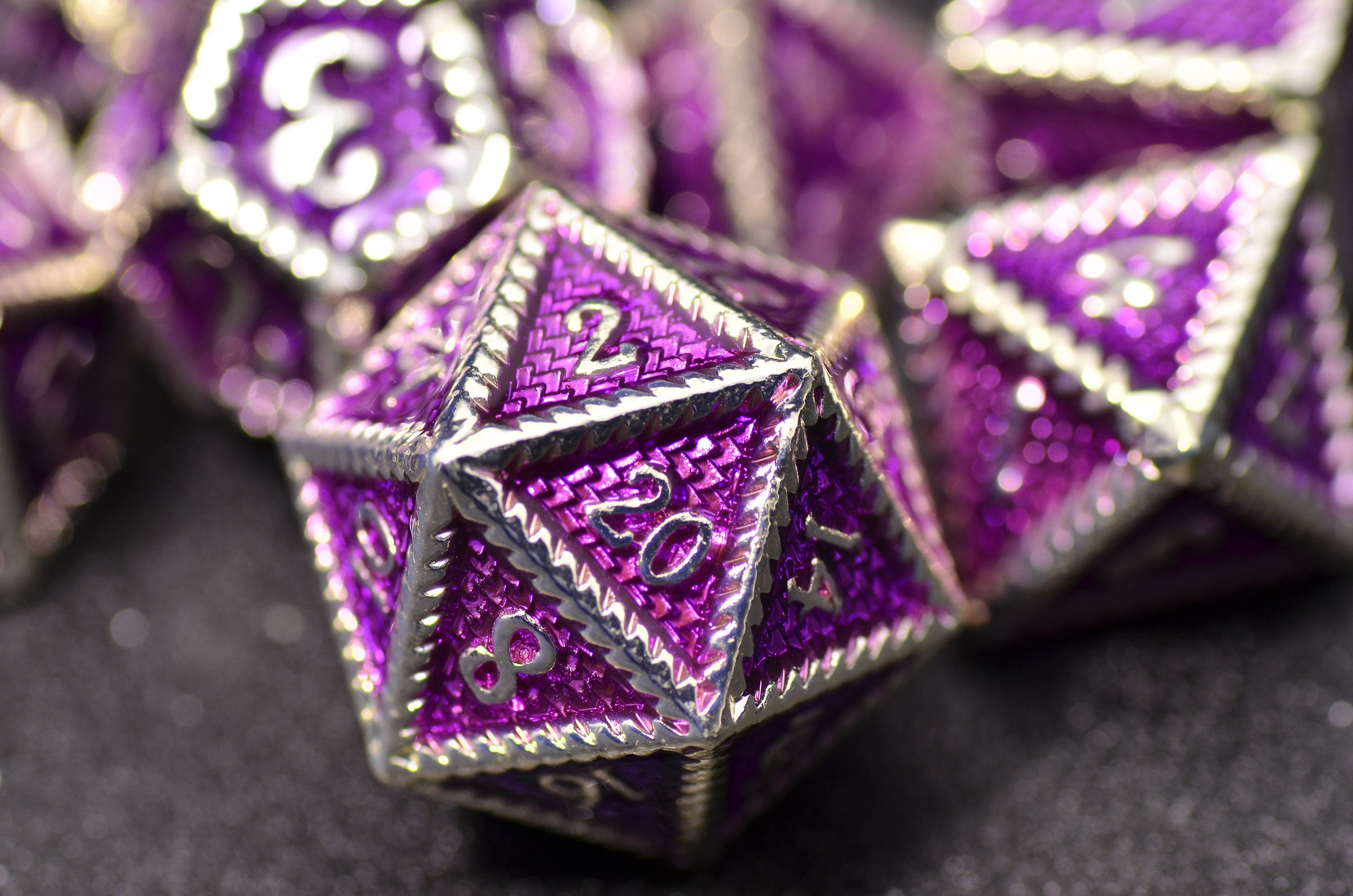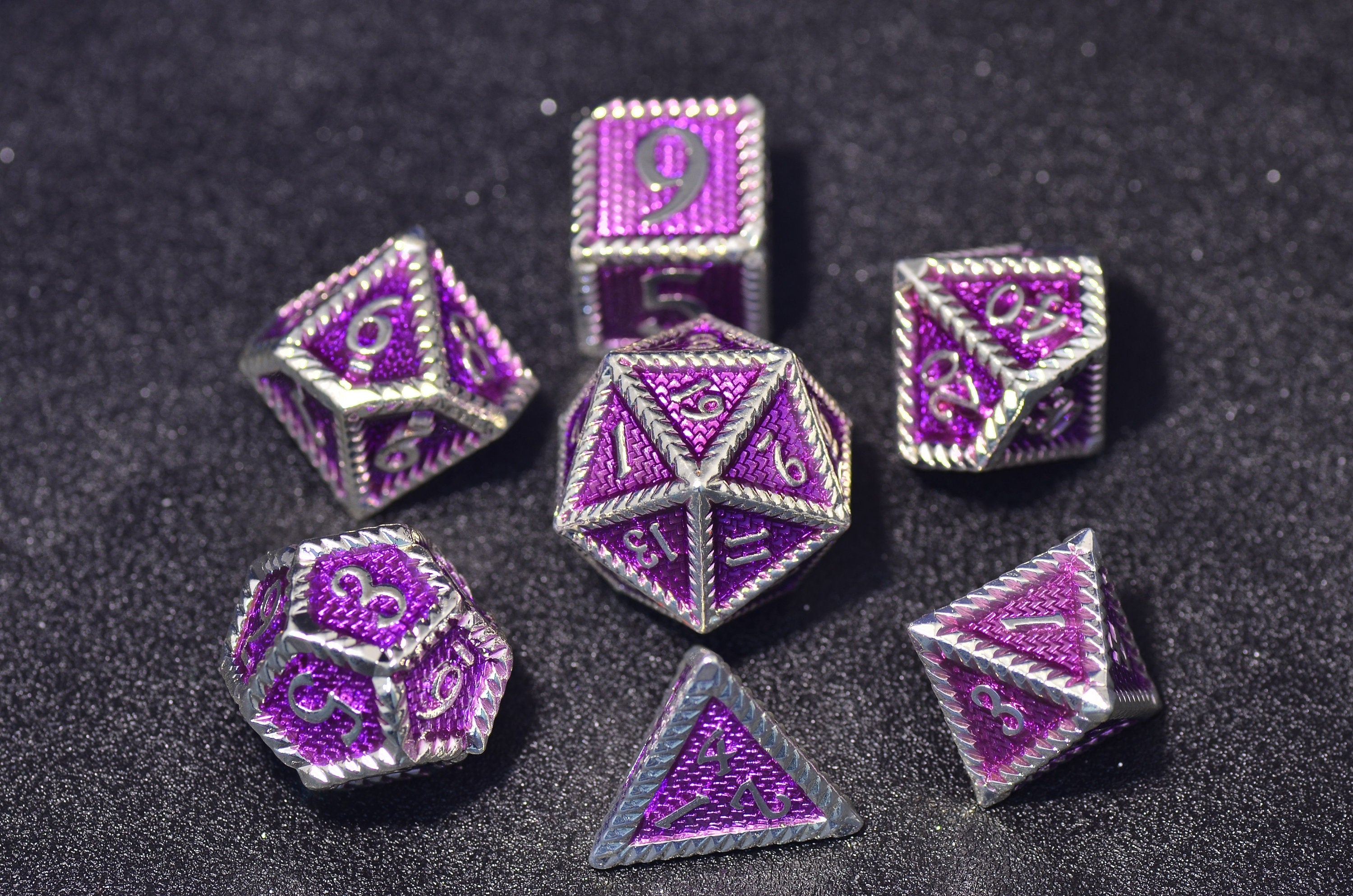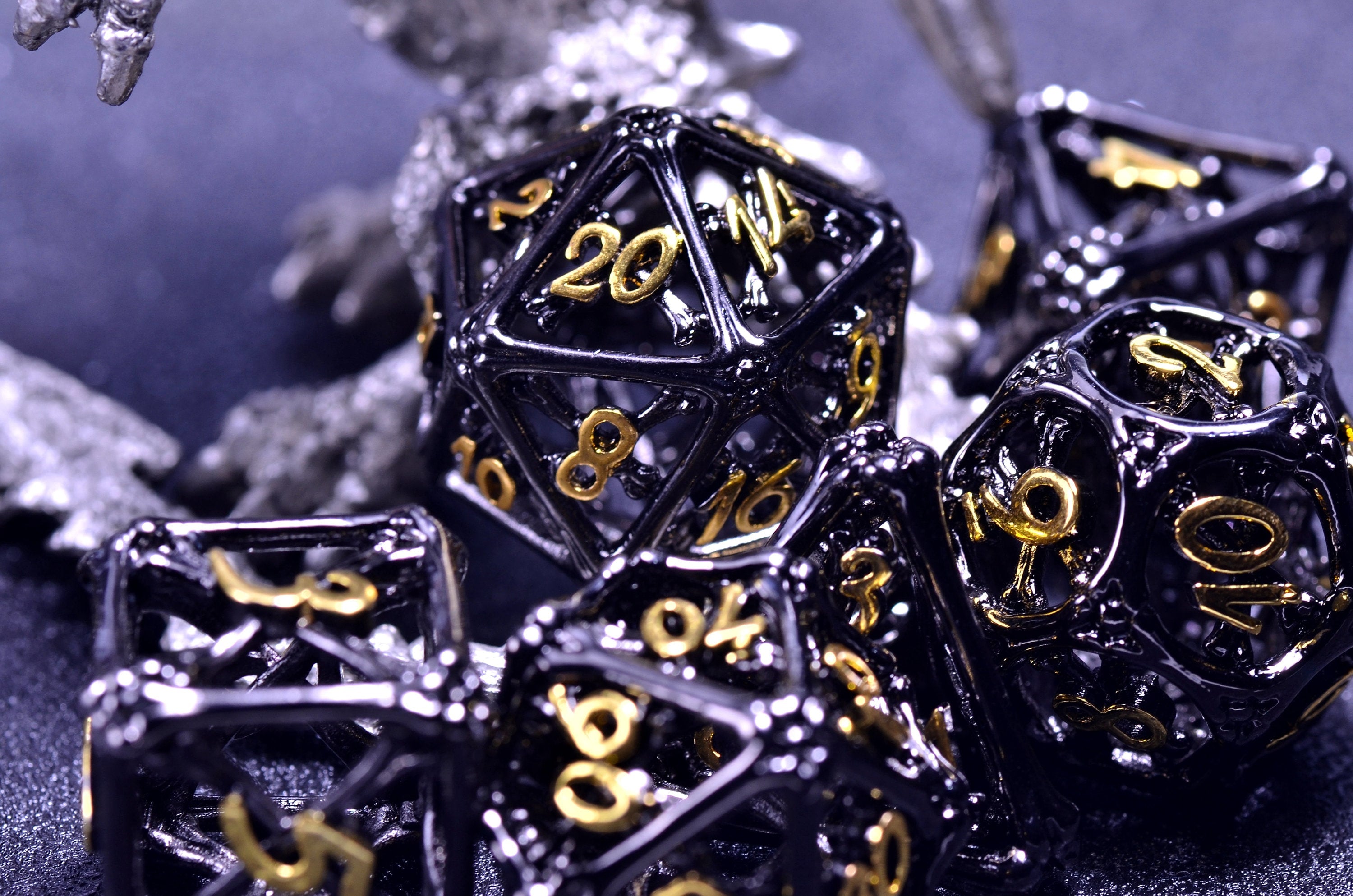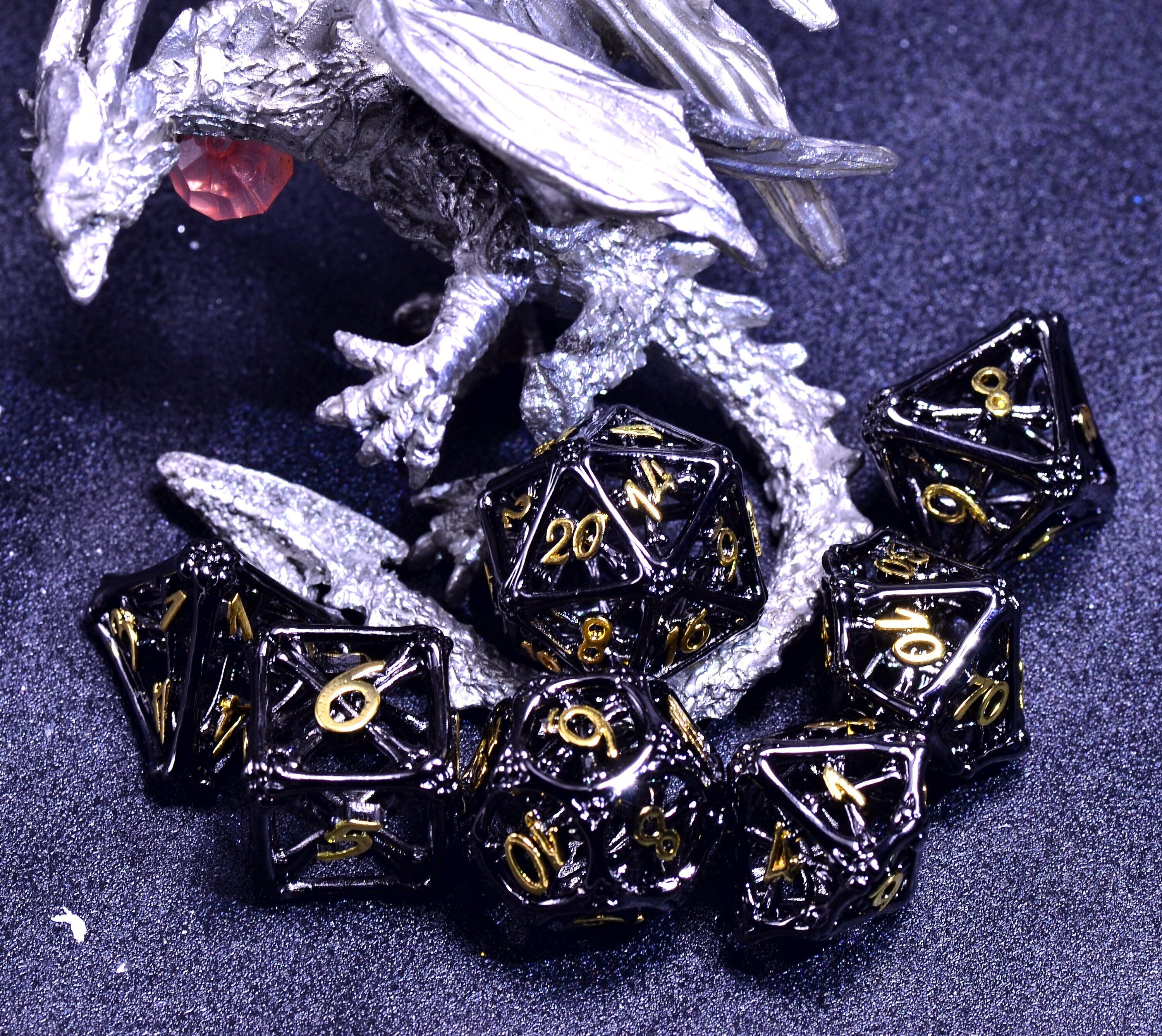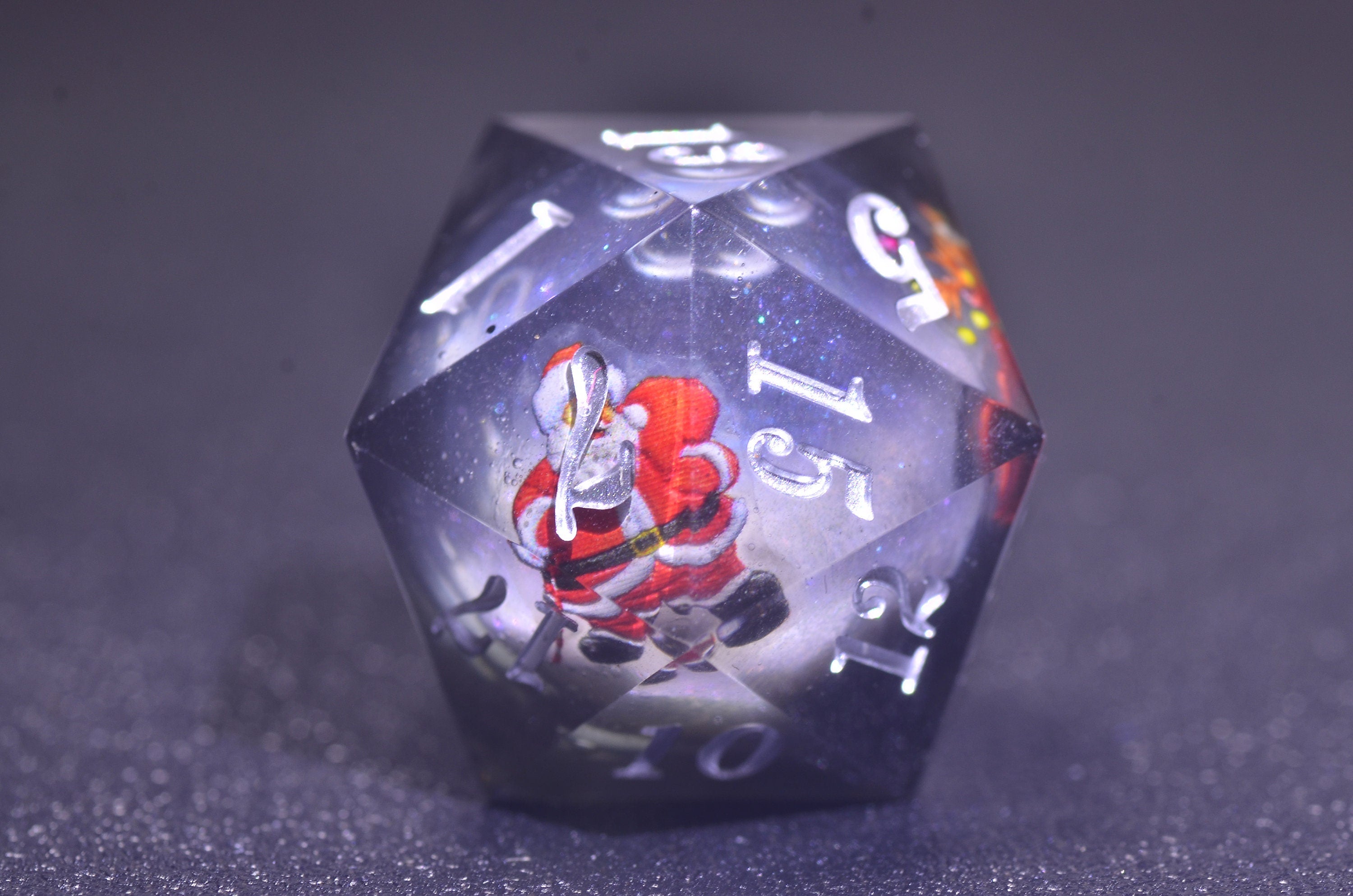D&D Dice: Your Gateway to Adventure
Welcome, fellow adventurers! Whether you're a seasoned Dungeon Master or a newcomer to the world of Dungeons & Dragons (D&D), understanding the role and importance of dice is crucial to your success. This comprehensive guide delves into everything you need to know about D&D dice, from the basics to advanced techniques and collecting.
The Essential Set: Polyhedral Dice Explained
D&D uses a set of seven polyhedral dice, each with a unique number of sides and function:
- d4 (four-sided die): Often a pyramid shape, this die is used less frequently but is essential for certain situations.
- d6 (six-sided die): The classic cube, this is a staple in many games, not just D&D.
- d8 (eight-sided die): An octagonal die used for a range of attacks and effects.
- d10 (ten-sided die): Used both on its own and in conjunction with the percentile die (d%).
- d% (percentile die): A ten-sided die usually numbered 00-90 (or 0-9), used with a d10 to generate numbers 1-100.
- d12 (twelve-sided die): A dodecahedron used for high-impact events and powerful abilities.
- d20 (twenty-sided die): The star of the show! This is the most commonly used die, determining success or failure in most skill checks and attacks.
This collection is frequently referred to as a "polyhedral dice set" or simply "D&D dice."
Beyond the Basics: Types and Materials
While the standard set provides everything you need to play, the world of D&D dice is far more varied. Let's explore the differences:
Materials:
- Plastic: The most common and affordable option, offering a wide range of colors and designs.
- Metal: Heavier and more durable, metal dice offer a satisfying weight and feel. They can be more expensive but offer better longevity.
- Acrylic: Often transparent or translucent, acrylic dice offer a unique aesthetic appeal. The clarity allows for creative internal designs and effects.
- Natural Materials: More unique and usually higher-priced, dice made from materials like wood, bone, or stone offer a luxurious and rustic feel.
Types:
- Standard Dice: The classic set described above.
- Specialty Dice: Dice with custom designs, colors, or numbers. These can enhance the game's atmosphere or be collected as a hobby.
- Glow-in-the-dark Dice: Add a fun, atmospheric element to your D&D sessions.
- Electronic Dice: Smart dice that remove the randomness from the roll and are tracked digitally. This can prove useful to DMs keeping track of rolls in online sessions.
Choosing the Right Dice for You
Selecting the right dice depends on your preferences and budget. Consider these factors:
- Material: Plastic is a good starting point for beginners, while metal or acrylic dice offer a more premium feel.
- Design: Choose a design that appeals to you and fits the style of your game.
- Weight and Feel: Experiment to find a weight and feel that you find comfortable to roll.
- Budget: Set a budget before you start shopping to avoid overspending.
D&D Dice: A Collector's Passion
For many, collecting D&D dice goes beyond mere utility. The vast array of designs, colors, and materials makes it a rewarding hobby. Some collectors specialize in certain materials, themes, or brands. The value of rare or limited-edition dice can even appreciate over time. Whether it is thematic dice associated with your favorite character, or dice sets with matching designs, there is no limit to expanding your dice collection.
Conclusion: Embrace the Roll
D&D dice are more than just tools; they're essential components of the storytelling experience. From the thrill of rolling a critical hit to the suspense of a critical failure, your dice help shape the narrative of every adventure. So gather your dice, assemble your party, and embark on a journey filled with excitement, challenge, and endless possibilities!

